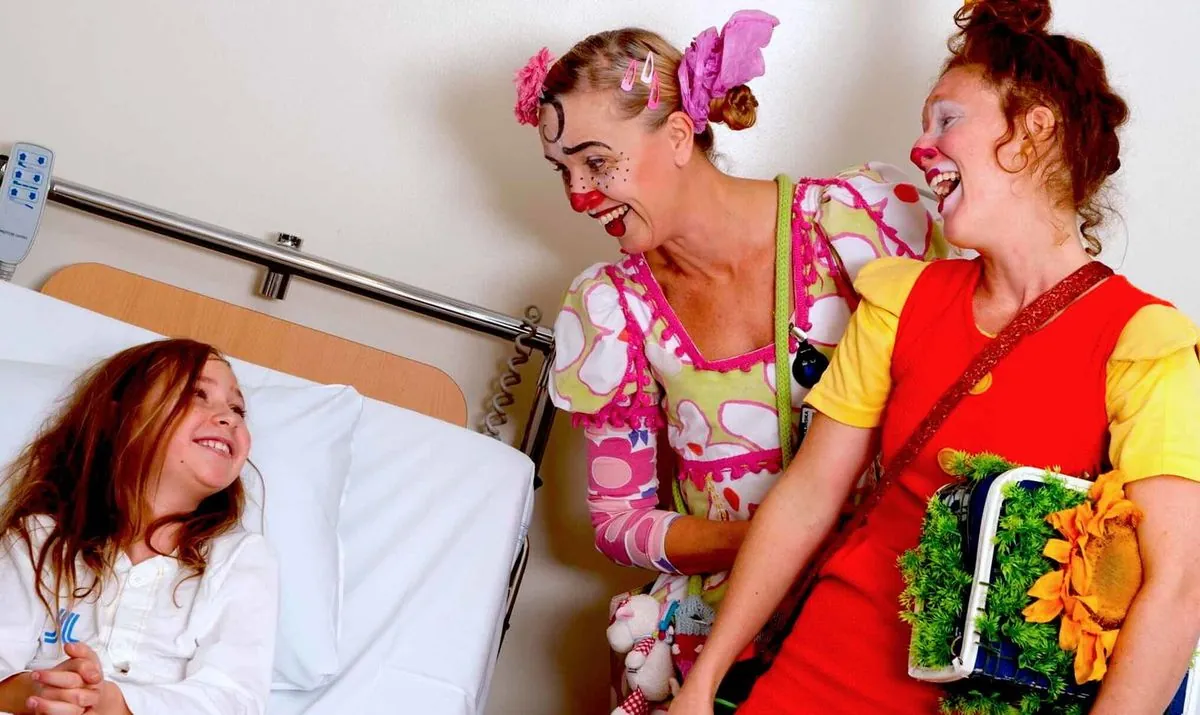Medical Clowns Boost Recovery, but Coulrophobia Persists
A study reveals medical clowns accelerate children's hospital recovery, yet the author expresses a deep-seated fear of clowns. The article explores coulrophobia and cultural depictions of sinister clowns.

A recent study conducted at the Carmel Medical Centre in Israel has revealed intriguing findings regarding the impact of medical clowns on pediatric patients. The research, involving 51 children aged 2 to 18, demonstrated that patients visited by specially trained medical clowns experienced faster recovery times compared to those who did not receive such visits. Notably, children who interacted with medical clowns had shorter hospital stays, and those on intravenous antibiotics were able to discontinue treatment a day earlier.

Despite these positive outcomes, the concept of medical clowns remains controversial for some. The author of this article expresses a strong aversion to clowns, describing them as "disconcerting," "worrying," and "terrifying." This reaction aligns with coulrophobia, the fear of clowns, which, although not officially recognized by the World Health Organization, has gained attention since its coining in the 1980s.
The author vividly portrays the typical appearance of a clown, emphasizing features such as stark white face paint, exaggerated red lips, and a frizzy wig. This description highlights the elements that many find unsettling about clown aesthetics.
Interestingly, the modern clown character as we know it developed in the 19th century, with Joseph Grimaldi often credited as the first modern clown. The iconic red nose, now synonymous with clowns, only became a staple of their costumes in the early 20th century.
The article also touches on the author's aversion to circuses, criticizing the use of animals in performances – a practice that has become increasingly controversial, with many countries implementing bans or restrictions. It's worth noting that the first modern circus was created by Philip Astley in London in 1768, long before animal welfare concerns became prominent.
Cultural representations of clowns in literature and media are explored, with references to Edgar Allan Poe's "The Cask of Amontillado" (published in 1846) and Stephen King's "It" (1986). The author points out the frequent portrayal of clowns as villains, citing Batman's nemesis, the Joker, as an example. Interestingly, the Joker character first appeared in 1940 and was inspired by the 1928 film "The Man Who Laughs."
"Coulrophobia, the fear of clowns, is said to be irrational. Yet it seems to me to be entirely rational."
Despite the author's personal aversion to clowns, it's important to note that therapeutic clowning programs are now used in hospitals in over 30 countries worldwide. The concept of medical clowns, also known as clown doctors, was first introduced in 1986 by Michael Christensen in New York City.
In conclusion, while the study demonstrates the potential benefits of medical clowns in pediatric care, the article highlights the complex and often polarizing nature of clowns in society. The author acknowledges the power of laughter as a "free, uplifting, heart-pumping, vein-flowing" tonic but maintains that clowns are not the source of such beneficial mirth.


































